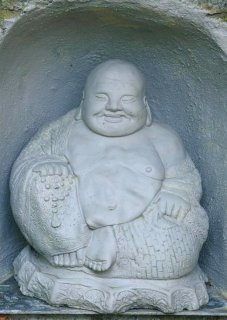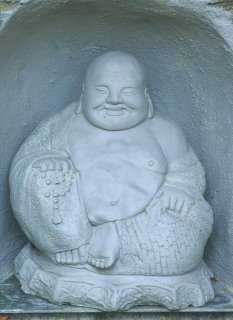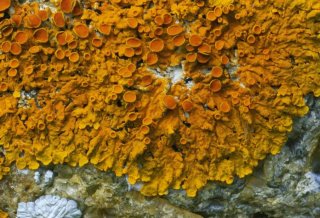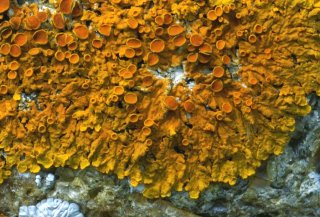This is not intended to be a rigorous or definitive comparison of these two films. However, I did try to eliminate as many variables as possible by:
- shooting the pictures within a few minutes of each other under the same lighting conditions
- using the same lens at the same aperture, varying only the shutter speed to account for the differences in film speed
- having the films processed side by side in the same batch of chemicals
- not manipulating the scanned images
The transparencies were scanned by a Canoscan 2700F
The images you see on the monitor are only an approximation, of course. The real comparison was done on the lightbox and by projection. All the comments below are based on examination of the original transparencies, not on the scans.
The first subject was chosen to assess the colour saturation. This is an old agricultural implement which has just been painted.

|

|
The reds appear to more vibrant and saturated in the Provia. Not that Velvia isn't vibrant and saturated, but you can see the difference when you compare them side by side.
For the second test I chose a neutral-coloured subject to assess the overall colour balance.

|

|
This pair of pictures shows clearly that the Provia is more neutral than the Velvia, which exhibits a clear bias to the warm end of the spectrum. This is the characteristic of Velvia that's largely responsible for the muddy sky colours that I noted in the comparison with Ektachrome 100VS. The Velvia looks like Provia + 81A might have looked, although I didn't do any tests with filters.
For the final pair, I chose an absolutely static subject with the camera on a robust tripod and with the mirror locked up. I wanted to assess the sharpness of the film by eliminating any vibration in either the subject or the camera.

|

|
You can't tell from the screen images, but under the 20x lens I can resolve as much detail in the Provia as in the Velvia.
Film speed
It's widely known that Velvia is best rated at 40ASA, instead of its nominal 50ASA, for most applications. I was interested to see if the Provia also suffers from this exaggeration. It does; Provia 100F should be down-rated by 1/3 stop to 80ASA.
Grain
Fuji claim in their literature that Provia is "the first 100ASA class film with an RMS granularity of 8". That's all very well, and sounds very impressive, but what does it mean in practice? All I'm interested in is whether I can make a 12x16 Ilfochrome that doesn't show any perceptible grain, just like I used to do with Kodachrome 25 and 64. I haven't printed any of the Provias yet, but I have examined the slides on a lightbox with my 20x lens and can report that the grain is at least as inconspicuous as Velvia.
Overall conclusion
Well, here it is: with Provia I get results that are no worse in terms of sharpness and grain than Velvia; I get slightly more vivid and saturated colours; I get a slightly more neutral colour balance (I always felt that Velvia overdid it in that department); and I get an extra stop of film speed!